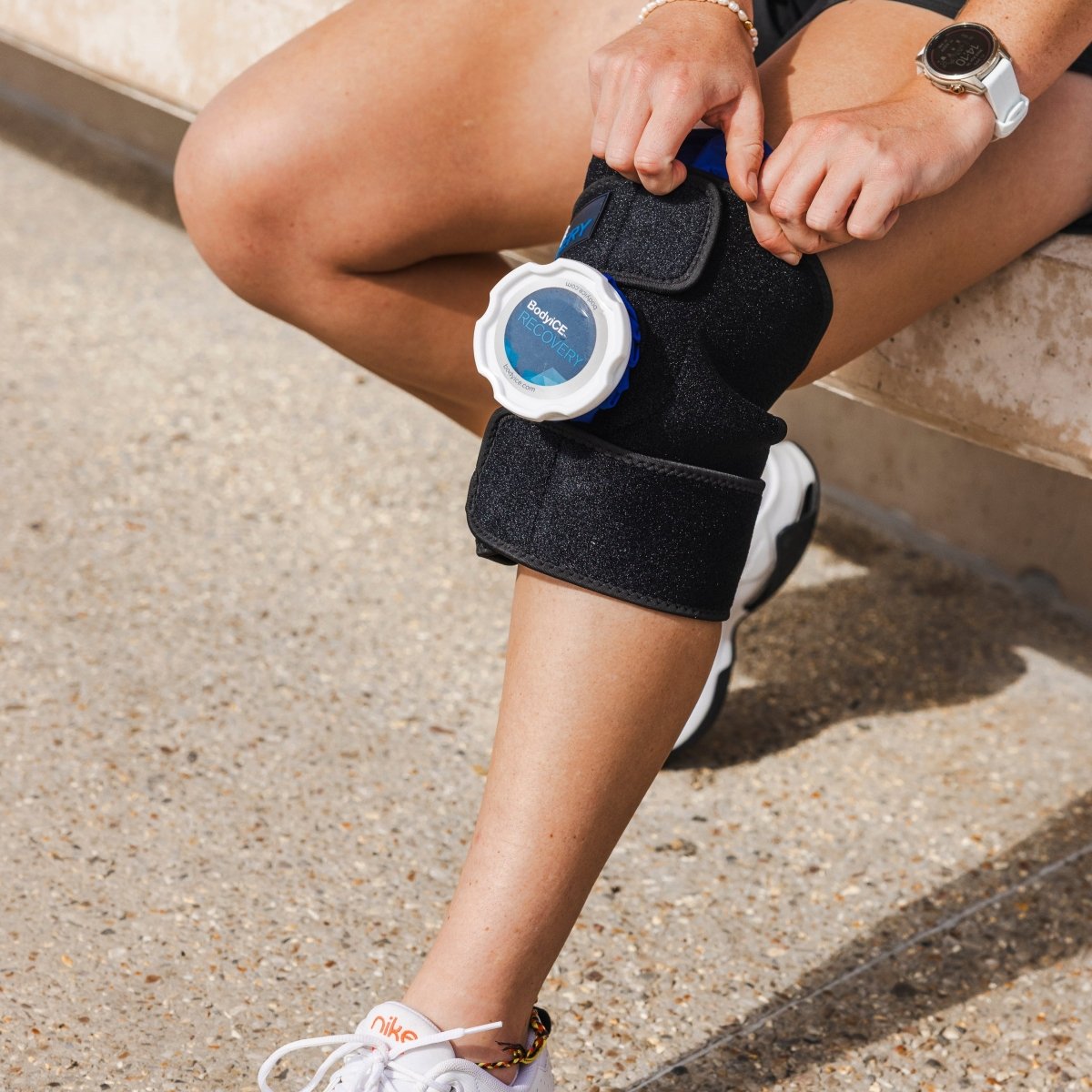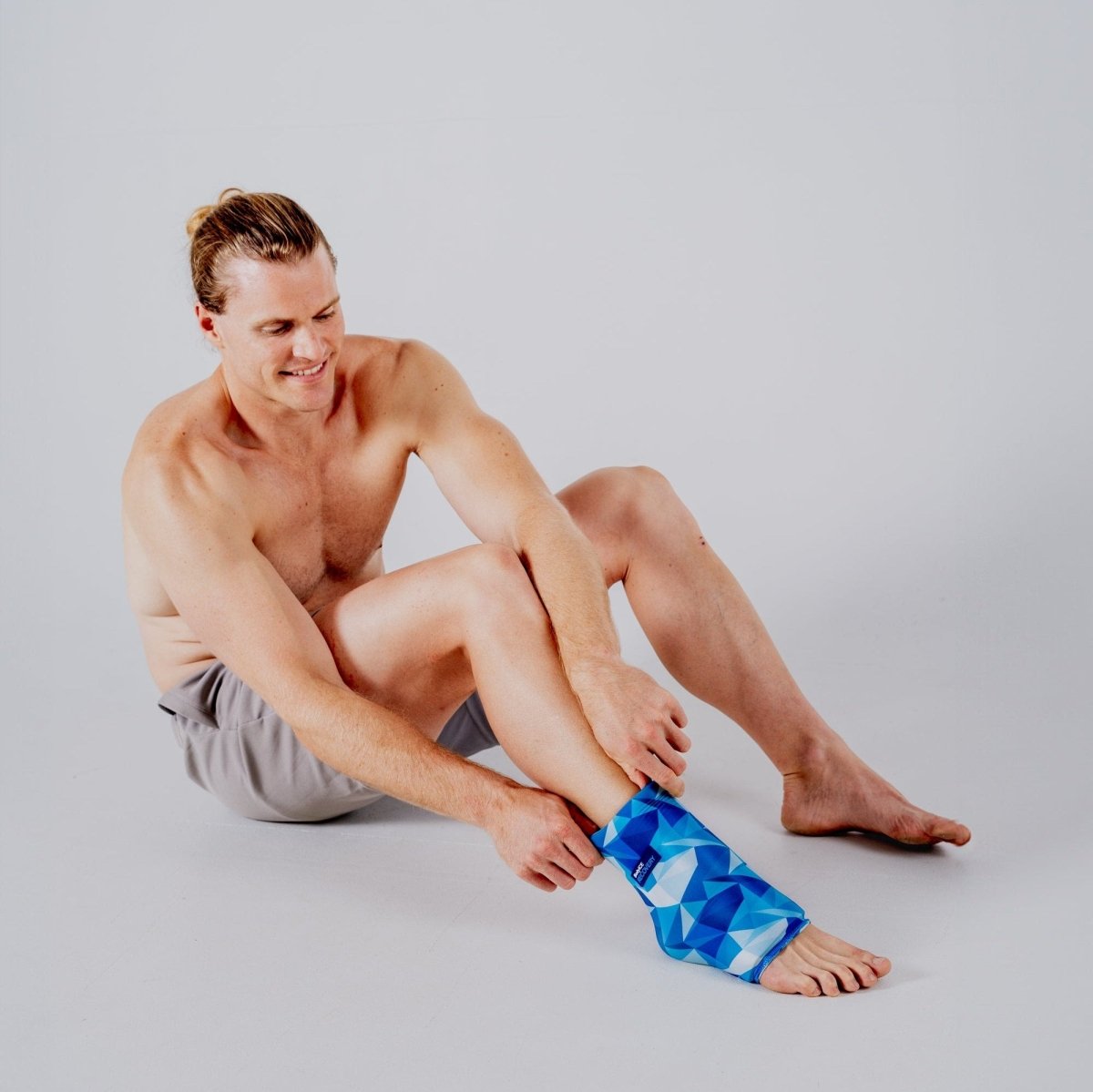Plantar fasciitis is a painful condition of the feet that is characterised by heel pain that hinders your regular activities and movement. If you’ve noticed unusual pain or cramps in your heel then you might have developed plantar fasciitis.
If left untreated the pain can increase and even lead to changes your walk as you try to avoid the pain and can have a flow on effect to the rest of your body, including knees, hips, back and overall postural alignment.
WHAT IS PLANTAR FASCIITIS?
Plantar is the term used that relates to the sole of the foot and fasciitis is the inflammation of the fascia (connective tissue). The plantar fascia (connective tissue on the sole of the foot) is a thick layer of tissue that runs from the heel bone to the toes that provides important structure and support for our feet.
The main role of the plantar fascia is to hold up the arch of the foot. It also creates a stable base to stand on and allows us to propel ourselves forward and absorbs shock during walking, running, jumping or any other activity that pushes our feet off the ground.
When we move forward, our foot becomes flat at mid-stance and the plantar fascia relaxes which allows our foot to pronate (roll-in) and absorb shock.
As we raise on to our toes to push off the ground, the plantar fascia shortens, which pulls up the arch of the foot and allows it to supinate (roll back out) and provides us with a stable base to push-off from.
The action of our plantar fascia has a flow on effect throughout the rest of the body. For example, as we raise on to our toes, both the plantar fascia and our Achilles tendon contract- which is what transmits the force generated from our calf muscle into the feet to propel us forwards.
WHAT CAUSES HEEL PAIN?
Tension and stress on the fascia can cause small tears in the fibres. Repeated overuse, stretching and tearing of the facia can irritate or inflame the fascia and may result in plantar fasciitis.
Plantar fasciitis can present with different stages of severity. Initially, you may feel as though you have a bruised heel. You might notice a stabbing pain in the bottom of your foot that is usually the worse with the first few steps in the morning or triggered by long periods of sedentary standing or sitting.
As the condition progresses, you may feel that the heel area has become more uncomfortable and the area of discomfort might shift from the heel to further into your arch.
At its most severe, plantar fasciitis will cause moderate to intense pain underneath your heel and arch throughout the day with very little relief.
CAUSES OF PLANTAR FASCIITIS
Although the exact cause of plantar fasciitis is often unknown, there are some known risk factors that can lead to developing this condition.
They include:
- Age -Plantar fasciitis is most common in people between the ages of 40 and 60.
- Certain types of exercise - Activities that place a lot of stress on your heel and attached tissue — such as long-distance running, ballet dancing and aerobic dance — can contribute to the onset of plantar fasciitis.
- Foot mechanics - Flat feet, a high arch or even an atypical pattern of walking can affect the way weight is distributed when you're standing and can put added stress on the plantar fascia.
- Obesity or sudden weight gain -Excess body weight put extra stress on your plantar fascia.
- Occupations that keep you on your feet - People who work long hours walking or standing on hard surfaces can be at increased risk of plantar fasciitis.
(Source: https://www.mayoclinic.org/diseases-conditions/plantar-fasciitis/symptoms-causes/syc-20354846)
TREATMENT OF PLANTAR FASCIITIS
Research shows that both strengthening and stretching exercise programs, including stretching the Achilles tendon, can significantly reduce pain and improve walking in people with plantar fasciitis.
- Having an assessment to correct foot alignment when walking
- Apply ice for pain and inflammation.
- Temporary taping of your foot for short-term relief
- Shoe inserts or supportive footwear for heels and arch.
- Stretching and strengthening exercises.
Loosening the plantar fascia can prevent it from tearing, strengthen the supporting muscles (thus helping to reduce stress on the ligament) and reduce inflammation. Here are some exercises that can help stretch and strengthen the area.
Keep in mind that if you’re experiencing plantar fasciitis pain, it’s a good idea to consult with a physical therapist who design a treatment program for you.
Our BodyICE Recovery Small Universal is a perfect fit to help soothe the pain and discomfort that can be associated with plantar fasciitis.





















1 comment
Erika Brady
Thanks for explaining that ballet can cause plantar fasciitis. My sister is worried that she has plantar fasciitis. Since she’s a dancer, it would probably be best to visit a doctor to see if this is the problem and to see if they can provide her with treatment.
https://www.familyfootcarerichmond.com/plantar-fasciitis
Leave a comment
All comments are moderated before being published.
This site is protected by hCaptcha and the hCaptcha Privacy Policy and Terms of Service apply.